Facilities / Labs
Programming in C and Data Structures Lab
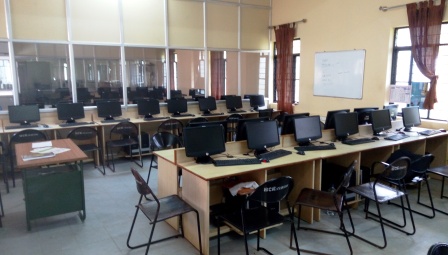
Today the learning of Computer Programming begins with mainly C language. It is a structured programming. The whole UNIX operating system is written by using C language. By using C language we can develop both system software and application software. This lab includes some basic programs in C language that helps students to understand fundamentals of C language.
Analog and Digital Electronics Lab
This lab handles digital and analog signals. The goal of this lab is to introduce students to the components, framework for creating and implementing electronic circuits and students will learn how to implement the same and how to measure their performance using multi meters, waveform generators and oscilloscope.
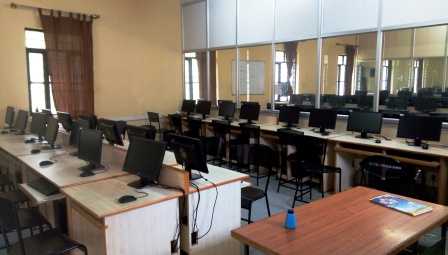
Data structures with C/C++ lab
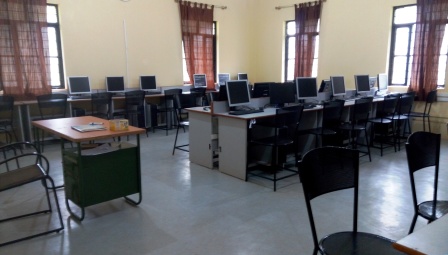
This lab helps the students about a way of collecting and organising data so that they can perform some operations on these data in an effective way. And they can be able to understand the fundamentals of data structures such as stacks, queues, linked list, tree and structures in computer science and information science. At the end the students will able to design and analyze the time and space efficiency of the data structures.
Design and Analysis of Algorithm Lab with C++
In this laboratory students learn how to analyze a problem and design the solution for the problem. In addition to that solution must be optimum, that is time and memory usage of the solution must be very low. It emphasizes on design and analysis of efficient algorithm of non numerical algorithm such as sorting, searching, pattern matching, graph and network algorithm. And this lab deals with the two important parameters: space complexity and time complexity.
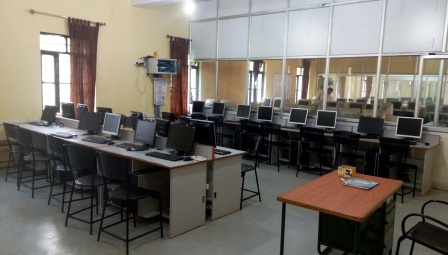
Microprocessor Lab
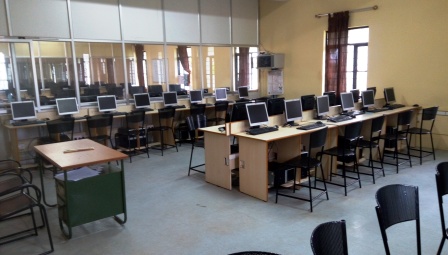
This lab is intended as a first level course for micro-computer, and in this laboratory student has to perform the experiments of microprocessor based programming for software and hardware. The ARM laboratory includes a platform for developing and testing software related to ARM architecture and many basics of ARM programming Principles
Database Applications Laboratory
This laboratory enables to store, modify and extract information from a database using SQL and this laboratory is useful for providing a centralized view of data that can be accessed by multiple users in a controlled manner. At the end students will be able to populate and query a database using SQL, DML/DDL commands and design and implement a database scheme for a given problem domain and normalize a database.

System Software and Operating System Laboratory

Systems Software and Operating System are software that manage computer hardware and software resources and provide common services for computer programs, this laboratory comprises of latest version of user friendly LINUX based operating systems to give the students a lenient curve in order to understand the complexity of technology such as LEX, YACC, UNIX, and C/C++. The LINUX commands, shell functionality and LINUX system calls, shell programming and usage of vi editor can be familiarized with this laboratory.
Software Testing Laboratory

Software Testing is an integral and important activity in every software development environment. This laboratory is designed to enable a clear understanding and knowledge of the foundations, techniques and tools in the area of software testing and its practice in the industry. This laboratory will focus on test process and continuous quality improvement, Test generation from models and industrial applications. It allows the students to understand the essential characteristics of tool used for test automation.
Networks Laboratory
This laboratory includes two parts one is simulation part and other one is design and implementation part, both parts help to familiarize FTP, TCP/IP , connecting devices and network algorithms to solve problems. The configuration of network routers, switches and traffic can be analyzed and implemented successfully. At the end student can be able to configure a network with no collision, no drop and no congestion.

Web Programming Laboratory

It includes website development activities using HTML, XML, CSS and javascript. Students use web editors to create code and an FTP program to publish. This laboratory will allow to build on the skills to understand the potential and limitations placed on writing for web pages. At the end students can able to use common HTML code and modify CSS and javascript in webpage creation.
File Structures Laboratory
File Structures are used for document retrieval purpose. Most of file structures address themselves to applications in data management which is reflected in the terminology used to describe the basic concepts and it discusses in detail the structures necessary for achieving its efficiency objectives. It includes some operations on files such as applying indexing techniques on files, reading and retrieving data from file and applying the hashing technique to resolve collision of records.
